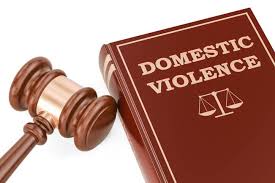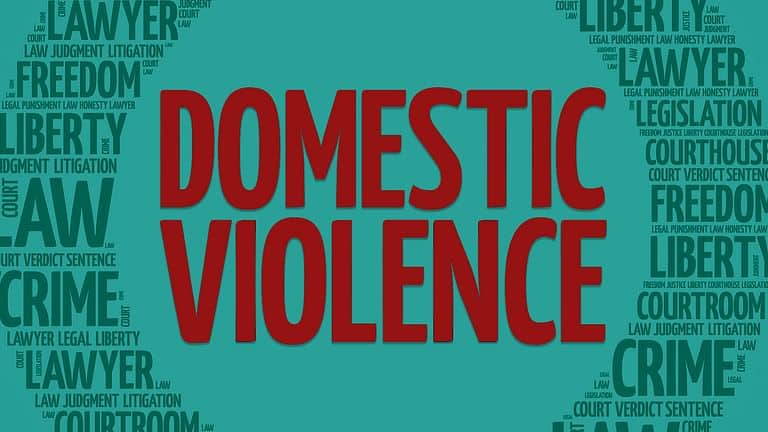Domestic violence is a pervasive and concerning issue in India, with millions of women and children facing abuse and exploitation within the safety of their own homes. The National Crime Records Bureau (NCRB) reported that in 2019, there were over 28,000 cases of domestic violence reported in India, with a significant increase in the number of cases being registered every year. However, despite these alarming statistics, many cases of domestic violence remain unreported and undeterred. In this article, we will go into the laws and regulations that aim to prevent domestic violence in India, and the ways in which victims can seek help and justice.
The Legal Framework: Understanding the Laws Governing Domestic Violence in India
The Indian government has taken significant strides in addressing domestic violence by enacting the Protection of Women from Domestic Violence Act (PWDVA) in 2005. This act recognizes domestic violence as a serious issue and provides a legal framework for victims to seek protection and relief. Under the PWDVA, domestic violence is defined as any act that causes physical, emotional, or psychological harm to a woman, including neglect, abandonment, and deprivation of food and shelter. The law also defines the types of relief that a court can provide to a victim, including orders for monetary compensation, restraining orders, and residence orders.
Strategies for Seeking Help and Justice

For a victim of domestic violence, seeking help and justice can be a daunting task. However, with the right support and guidance, it is possible to navigate the legal system and secure the protection and relief that is deserved. One of the key strategies for seeking help is to report the abuse to the police or a women’s helpline. The police are obligated to register a complaint and conduct an investigation, and victims can also seek support from NGOs and community organizations that provide counseling, legal aid, and other forms of assistance. Additionally, victims can file a complaint in a court of law and seek a protection order or other forms of relief.
Challenges and Limitations
Despite the efforts of the government and civil society organizations, there are several challenges and limitations that victims of domestic violence face in seeking help and justice. One of the primary challenges is the social stigma and shame that is often associated with reporting domestic violence. Victims may also face threats and intimidation from their abusers, making it difficult to seek help. Furthermore, the criminal justice system in India is often slow and inefficient, leading to delays and denials of justice. To address these challenges, it is essential to increase awareness and understanding of domestic violence, and to provide support and protection to victims.
A Brighter Future for Victims of Domestic Violence
Domestic violence is a pervasive and destructive issue that affects millions of women and children in India. However, with the right laws, support, and awareness, it is possible to create a brighter future for victims of domestic violence. The Protection of Women from Domestic Violence Act is an important step towards creating a more just and equitable society, and it is essential that victims are aware of their rights and options for seeking help and justice. By working together to address the challenges and limitations facing victims of domestic violence, we can create a safer and more compassionate society for all.


